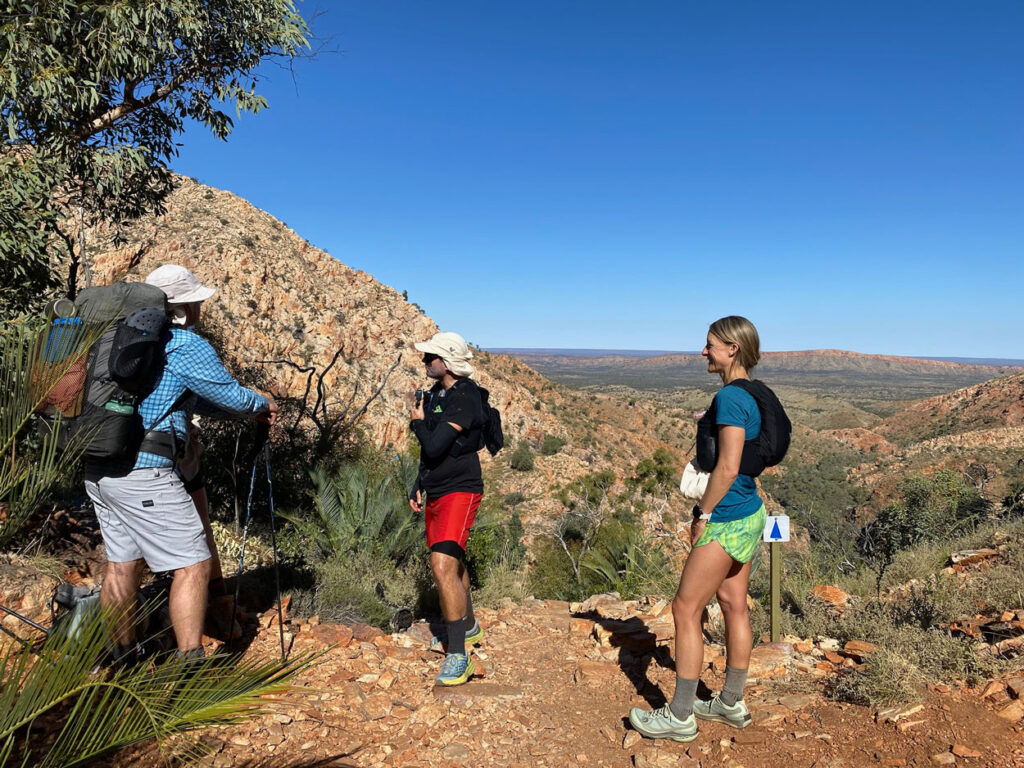When setting out on an adventure that involves multiple days of hiking or adventuring in the wilderness, there is a heap of planning and preparation that needs to happen before you even reach your first destination. There’s lots being written and spoken about at this time, around sustainability out on the trails. A great deal of this focuses on our direct impact on the environment around us. These are all very important aspects to address on any adventure into the wilderness.
But what about the sustainability of the hiker/walker/runner in terms of their readiness, physical preparedness, and mental state over several days?
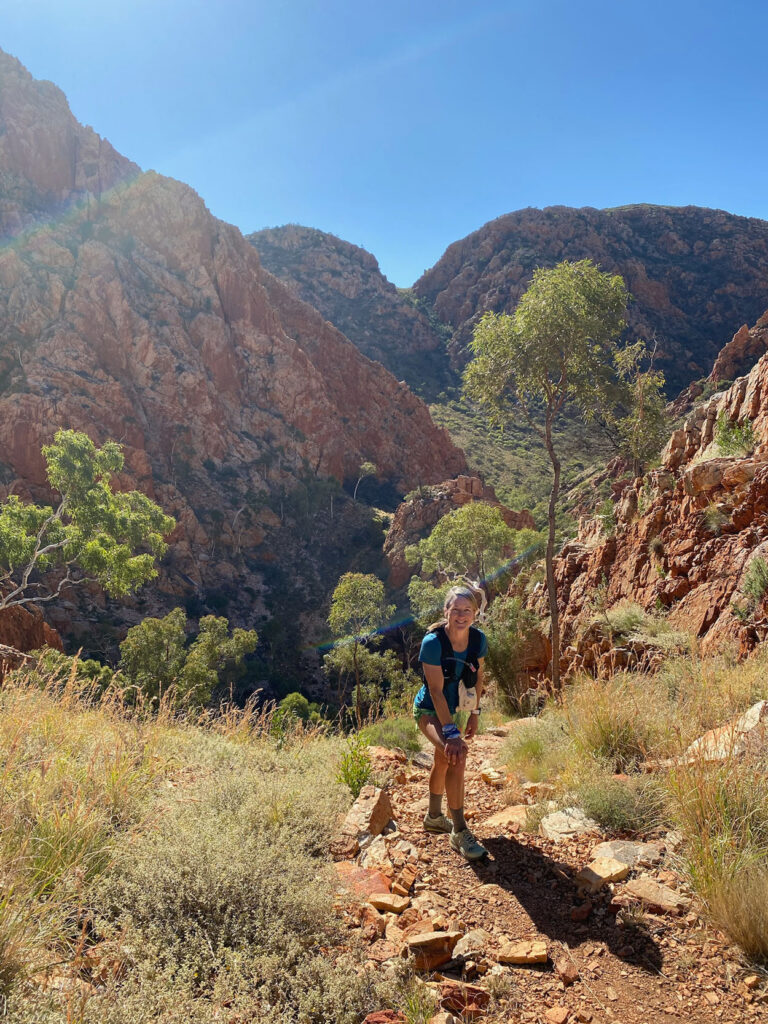
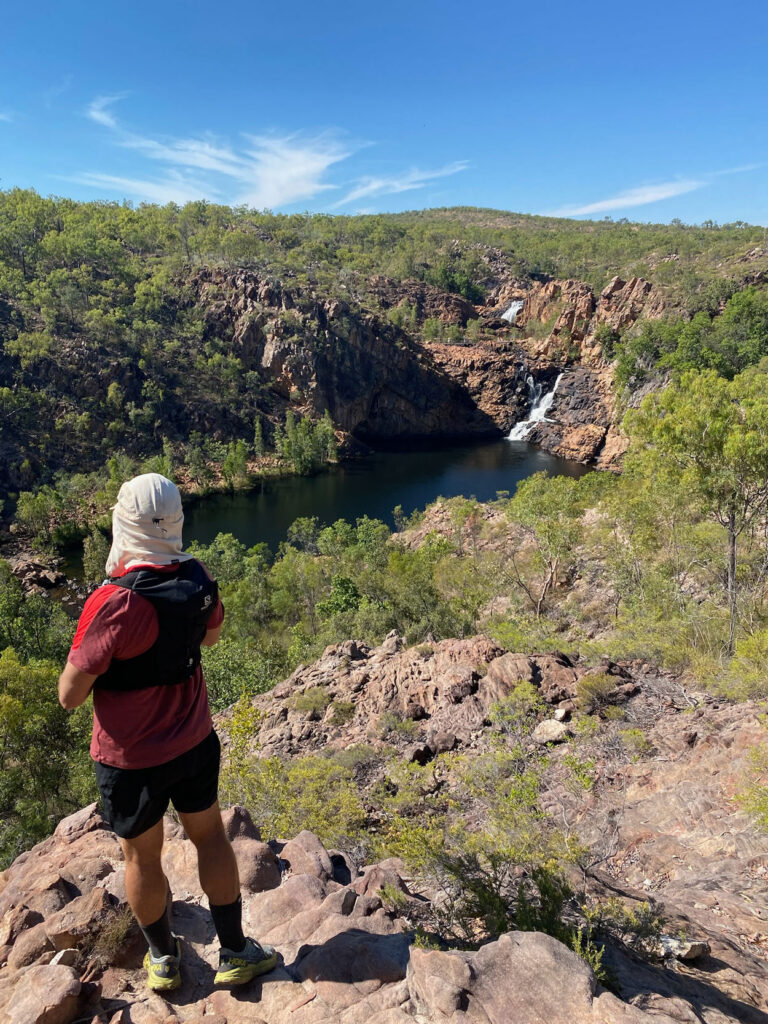
Yesterday whilst on a 40km adventure trek, as we felt every step of the last 7kms, with very sore legs and tired eyes from focusing for over 6 hours on the trail beneath us, starting out in the early morning darkness before sunrise, we had an in-depth conversation around the idea of being a sustainable hiker. What does this mean, outside of the environmental/leave no trace principles? Well, let’s start by considering some of the challenges, dangers, and situations that hikers find themselves in out in the wilderness:
- Suffering exposure or being stranded due to not being able to finish the planned distance for that day and not having a backup plan for an earlier finish, or extraction.
- Being too tired to carry on and requiring rescue from a remote, wilderness area.
- Failing to anticipate the fitness and endurance required for a multi-day hike and suffering exhaustion, or injury, in a remote area without the capacity to get out safely, thereby requiring rescue.
- Heading out on an adventure that is beyond your current fitness and endurance, without preparing your body and mind for the hours out on the trails in exposed environments and possibly tough weather conditions.
- Packing gear that isn’t technical/effective in outdoor environments and extreme temperatures.
- Suffering an injury and not having basic first aid equipment or training to be able to out to the nearest access point to receive further help.
- Failing to research the conditions: weather forecast, trail closures, daily temperatures, access roads, water sources and nearest camps/access to services.
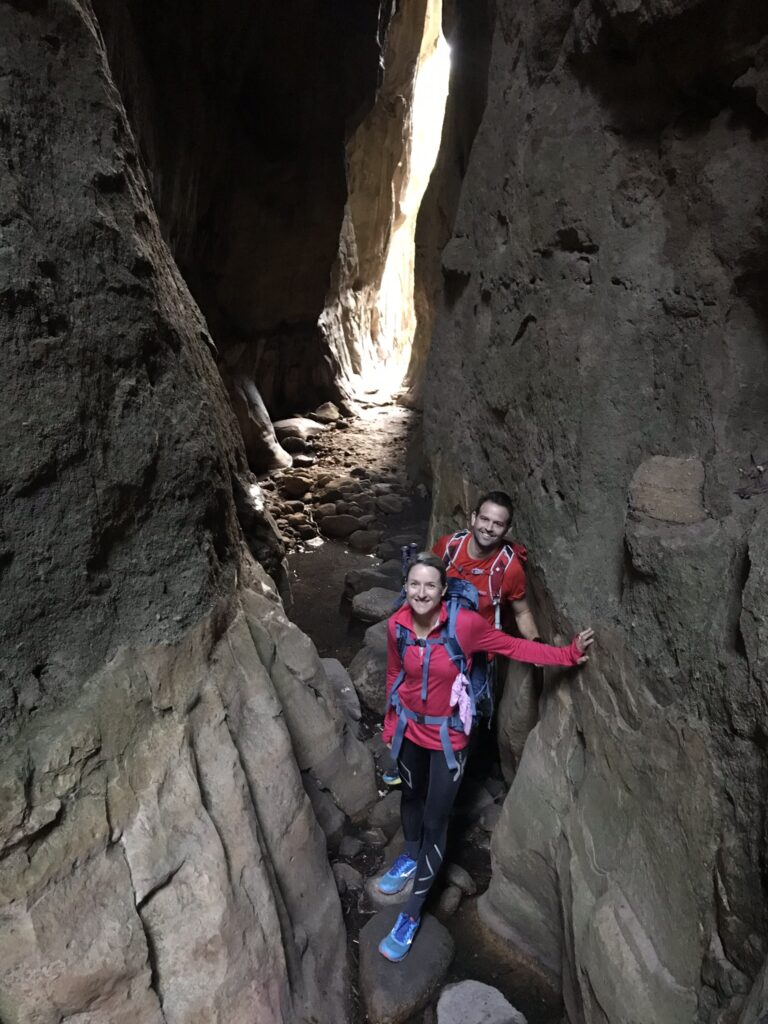
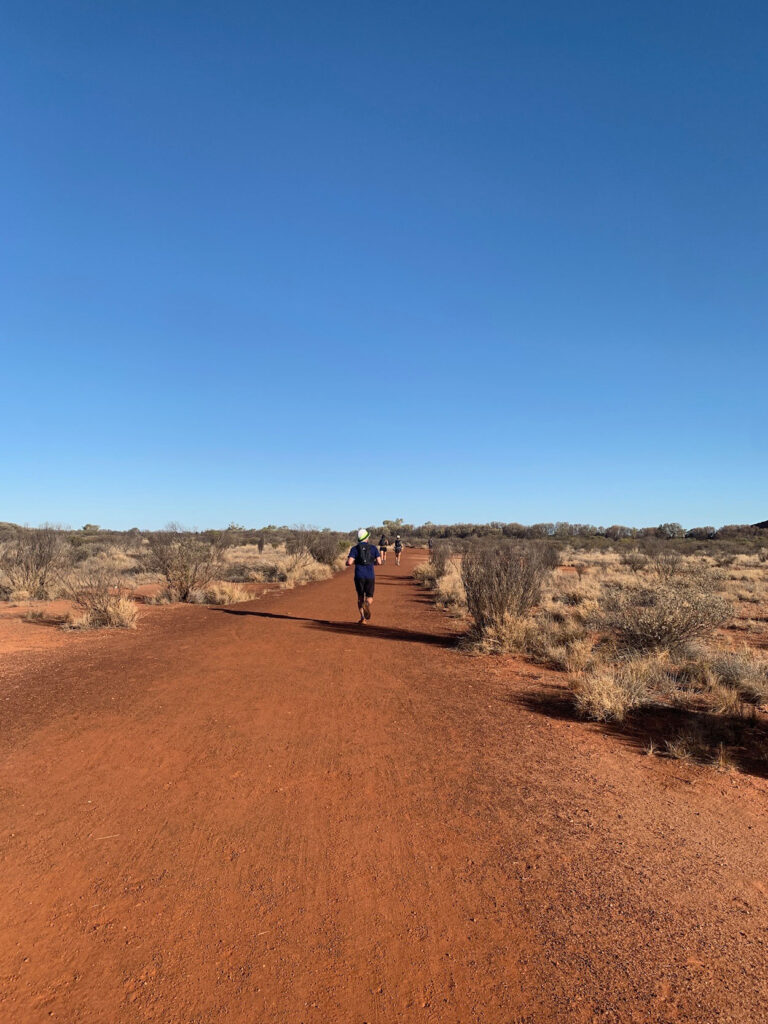
The above situations all have an impact on rescue services, family, friends, support crew and our trail mates. Injury can happen anywhere anytime. But you can reduce the chances of injury and the associated costs, by being better prepared, and most importantly – being realistic and planning a journey that gives you plenty of time to get through the distances each day, knowledge of early bail out points if required, consideration of how the weather/conditions will slow you down or hinder your progress, and plenty of training to give you the strength and endurance for getting up and facing big distances day after day.
Considering some of the above challenges or situations that we can find ourselves in, here are some initial thoughts:
How to be a more sustainable hiker
- Take full responsibility for being out in the wilderness and invest in quality outdoor gear and equipment.
- Put in the training months beforehand to ensure you know what it feels like to spend hours on your feet each day, carrying a pack.
- Plan your food supplies and research water sources on the route.
- Allocate responsibility in your team for navigation and first aid
- Practice training multiple days in a row with the gear you intend to use and a backpack with some weight in it.
- Register your intended route with family, local National Parks offices and hire/use a tracking device if going really remote.
- Be prepared to adapt your itinerary if you are feeling really exhausted or the weather demands it.
For more tips on how to plan for an expedition in a remote area, check out our story on Expedition Planning.
